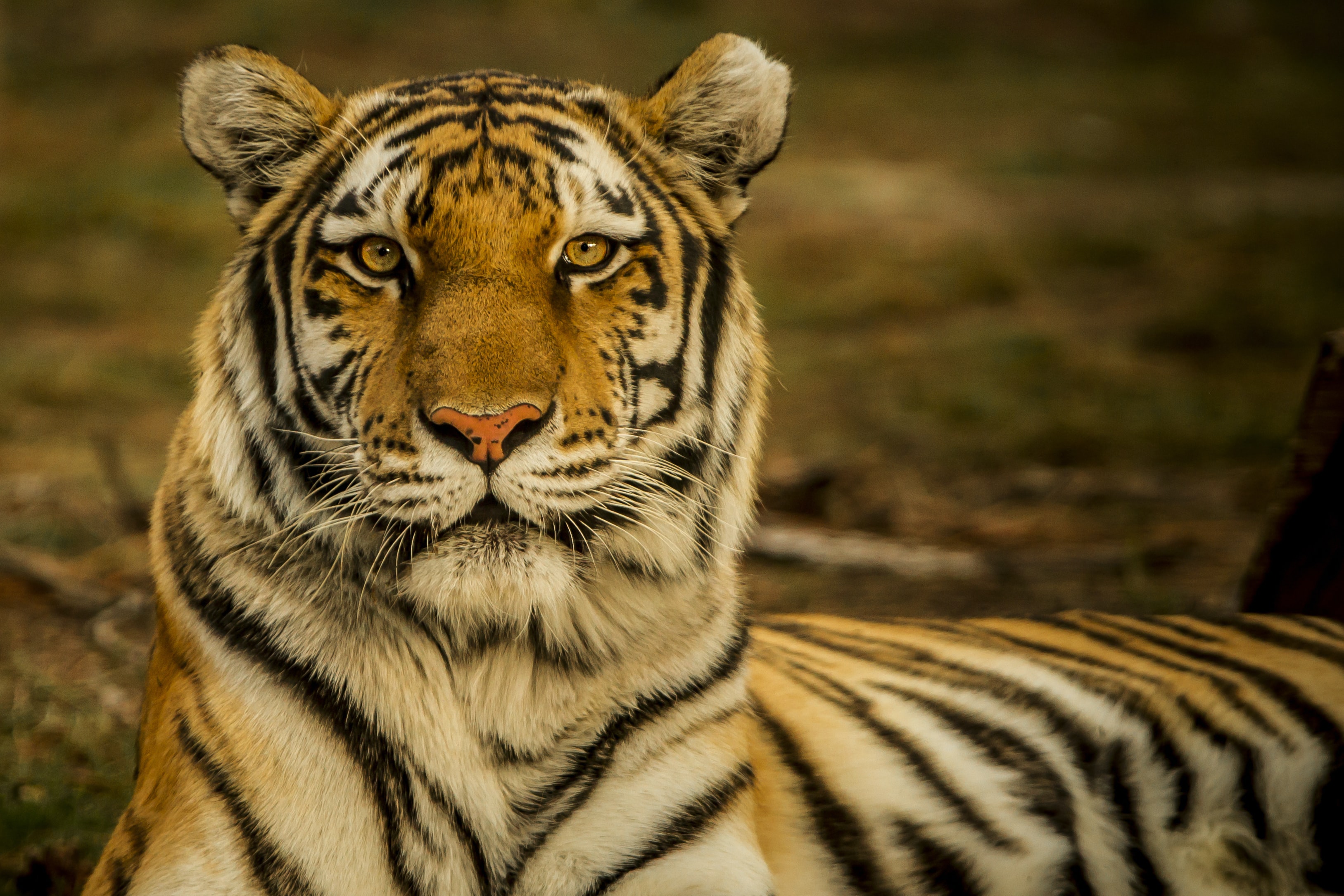Why should we protect tiger species?
Tigers often become independent at the age of two, reaching sexual maturity around three or four for females and four or five for males by the time they are four or five years old. However, there is a significant rate of juvenile mortality; only approximately half of all cubs live through two years. In the wild, tigers have been known to live up to 20 years.

Photo from @Blake Meyer
The habitats and geographic distributions of the eight recognized tiger subspecies:
- The Bengal tiger is native to the Indian subcontinent.
- The Amur tiger is mainly found in Manchuria by the Amur River.
- The south Chinese tiger is native to south-central China, slightly northward from the Indo-Chinese tiger.
- The Indo-Chinese tiger has a southeastern distribution in China.
- Indonesia is where the Sumatran tiger is found.
- The Javan and Balinese tigers are now extinct but were native to Bali and Java in Indonesia respectively.
- The Caspian tiger, now extinct was historically found in Turkey through central and west Asia.
How is the tiger population doing?
Tigers are among the most well-known animals in the world. They have been present throughout history in Asian cultural traditions as well as in brand imagery and logos all around the world. Even while they may be pervasive throughout our cultural environment, just a small portion of their historical range remains where they once were in the wild. With their historical range decreased by almost 95%, wild tigers are now only found in 10 nations.
Why should we protect the tiger species?
- Numerous other species are also protected when tigers are protected.
Much of Asia’s incredible wildlife is preserved in tiger-protected zones. Consider the Manas Tiger Reserve in Assam, India, where tiger populations are rising. Pygmy hogs, the smallest and rarest pig in the world, are also supported by the grasslands and forests of Manas Tiger Reserve, and the Bengal florican. There is research focused on a severely endangered gamebird that performs an elaborate performance to attract females. The males fire themselves into the air before tumbling down while kicking their legs like they’re on a bicycle. These and many other species wouldn’t be as adequately protected without tigers. - Safeguarding the water supplies of millions of people
Nine of Asia’s most significant watersheds, which provide water to more than 800 million people, coincide with tiger habitats. The most economical approach to stop droughts, lessen flooding, and lessen the effects of climate change is to preserve these tiger forests. Tigers are the primary motivator for establishing and successfully managing protected areas throughout Asia, and protected areas have been shown to minimize deforestation. For instance, India recently designated Srivilliputhur Megamalai, in southern India, as its 51st Tiger Reserve. This new protected region would preserve more than 1,000 km2 of crucial river habitat.
To learn more…
Read from the below books to understand more about tigers and forest conservation!

Comments (0)